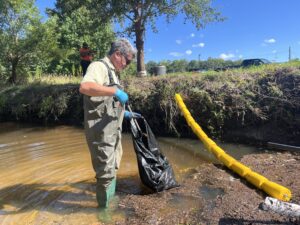Microplastics
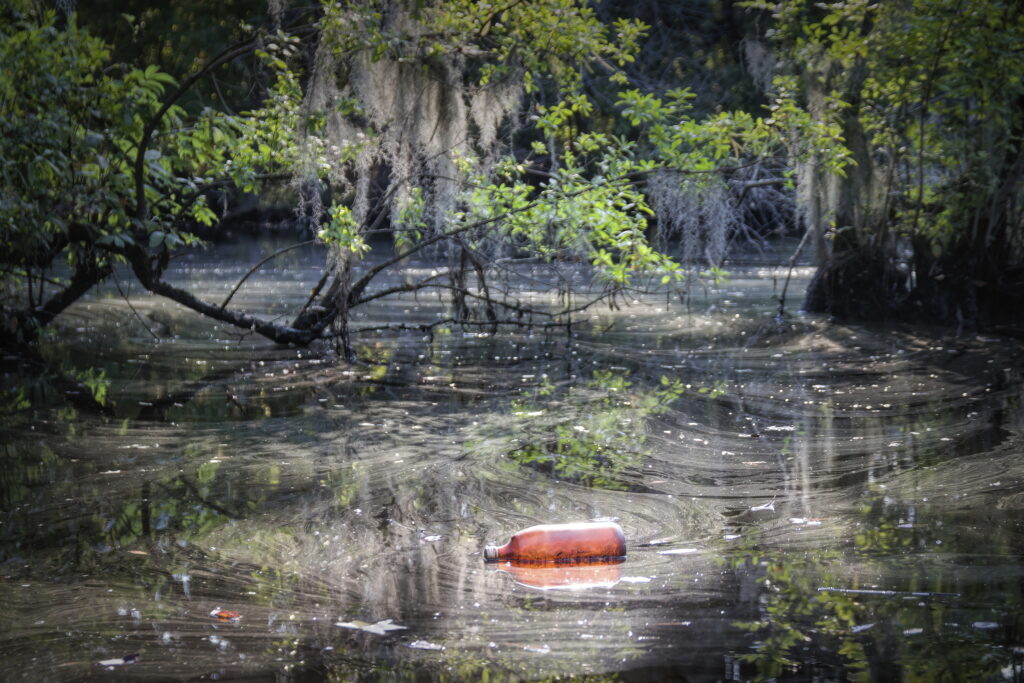
Plastics end up in our waterways all the time, whether it’s through roadside litter washed into a creek during a hard rain or people using our precious natural resources as convenient dumping grounds. Plastics do break down, and when they do, it’s into microscopic pieces called microplastics.
Less than 5 mm in size, microplastic pollution can only be seen under a microscope. Sometimes they are small fibers, sometimes they are microbeads, other times they are films or flakes. They don’t go away — they just break down into smaller and smaller pieces.
Since they’re so tiny, microplastics can be ingested by and build up in aquatic life, which means we can end up ingesting plastic, too.
Sound Rivers is engaged in a statewide research project to determine how macroplastics end up in our waterways, how they break down into microplastics, impacts on waterways, wildlife and public health and what we can do to prevent this type of pollution.
Part of the project is Sound Rivers’ Riverkeepers and Water-Quality Specialist collecting water samples from local waterways to be boiled down, filtered and viewed under a microscope for the presence of microplastics.
Another part of the projects is Sound Rivers’ three Trash Trouts, or litter-trapping devices, installed on waterways in the Neuse and Tar-Pamlico river basins, that are also informing the “bigger picture” aspect of study: each Trash Trout is monitored and cleaned out regularly, and its contents audited by volunteers to see just where the microplastics are coming from. These Trash Trouts are located on Jack’s Creek in Washington, Duffyfield Canal in New Bern and Little Rock Creek in Raleigh.
Latest News
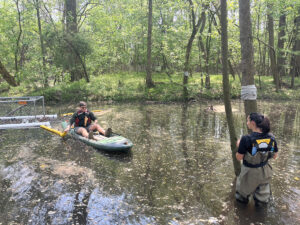
New trash trap gets adjustment, first cleanout
April 4th 2024
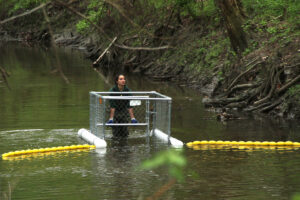
Trash trap No. 5 makes Greenville debut
March 28th 2024
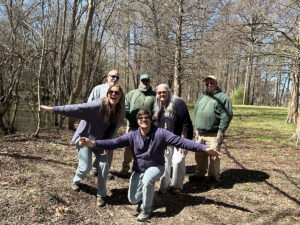
Coming soon! Greenville trash trap
March 14th 2024
